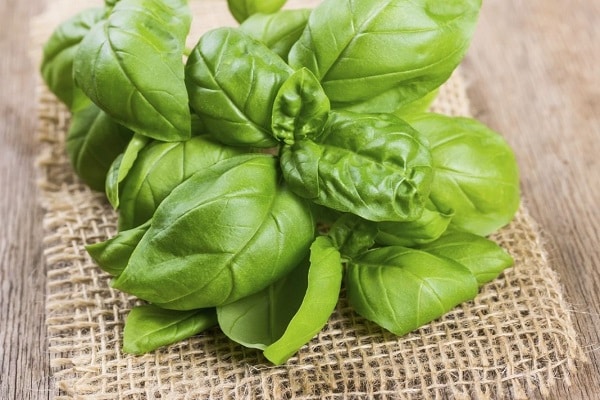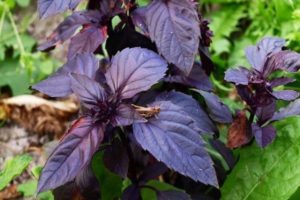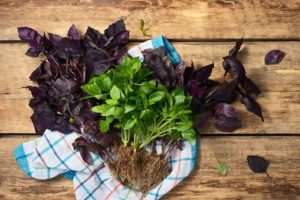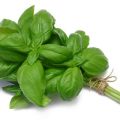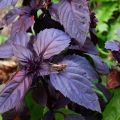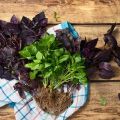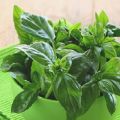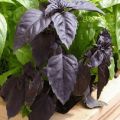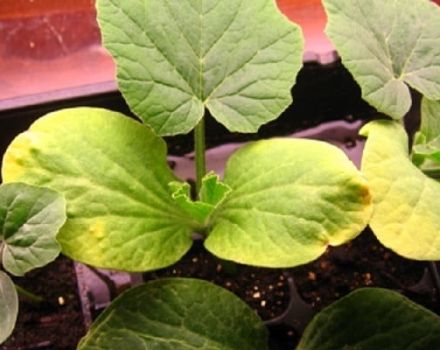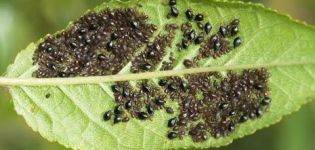Types and description of the best varieties of basil, their cultivation in the open field
All varieties of basil differ in leaf color, bush height, aroma and taste. Each type and variety of basil has different care requirements. You can grow it in open beds, in a greenhouse and even at home. Some varieties are intended for marinades and sauces, others are added during the preparation of hot dishes, salads and soups, you can choose the type suitable for baking.
Color classification
The main indicator by which varieties are distinguished is color. The most basic are two colors of stems and leaves - purple and green. After them, breeders began to display varieties of basil with other shades.
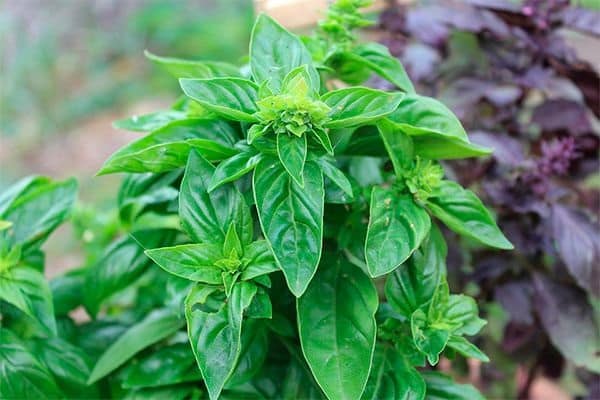
The difference between a green and purple plant is not only the color of the green mass.
The delicate taste of green leaves makes them ideal for making desserts. The purple plant group is not suitable in this case. It is better to add basil greens of a purple hue to dishes with meat and fish, soups, marinades. The purple mass gives food a tangy, rich taste.
Basil with green leaves has a pleasant, delicate, delicate aroma. Many varieties are used to prepare refreshing drinks. Purple varieties are characterized by a strong, pungent odor.
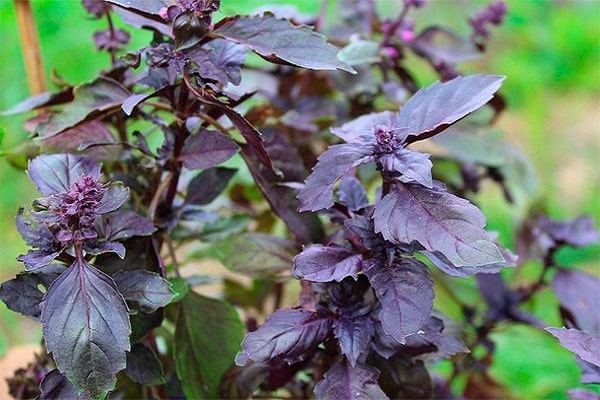
Green
The spicy plant with green leaves is characterized by a special, delicate aroma and delicate taste. The color of the leaves can be dark or light green. Used during the preparation of a variety of dishes.
Basil variety description Green aromatic. After sowing, seedlings appear quickly and amicably. Bushes grow up to 42 cm, branch well. The leaves are large, smooth, bright green in color with a pleasant spicy aroma.
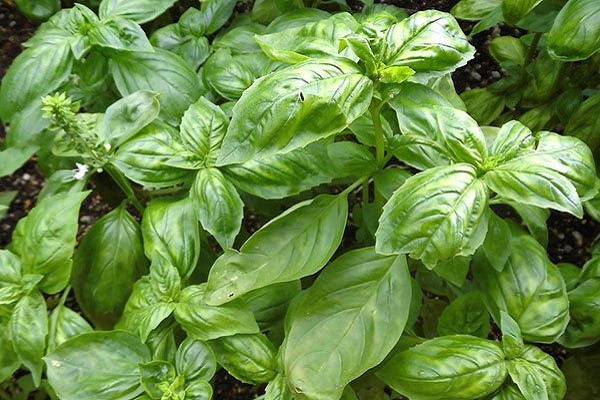
A beautiful bush that will decorate any summer cottage near the Thai Queen Basilica. The height of the branchy bushes reaches 50 cm in height. The leaves are large, elongated, dark green in color. Differs in beautiful flowering with the formation of large inflorescences of purple flowers. The plant blooms for up to two months.
Basil Tonus has medium ripening limits, flowering begins 74 days after sowing. The height of the bush is up to 58 cm. The leaves are not very large, light green in color with a pleasant, spicy taste and delicate aroma.
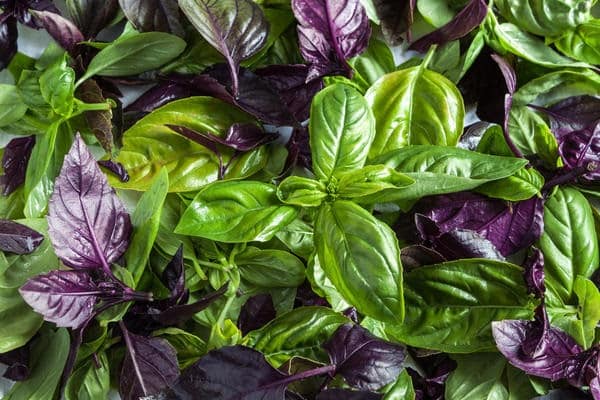
The ornamental variety of Basil Basilisk can be grown both in open beds and at home. Leaves can be cut off two months after planting. The stem grows no more than 20 cm. There are many smooth leaves, all of them are small, dark green in color with a clove-pepper aroma.
The Caramel Basil variety is characterized by a strong fruity-caramel aroma.Ripeness occurs after 32 days. The plant is highly resistant to diseases and pests, loves moisture, light and develops poorly in the presence of drafts. The leaves are large, juicy, dark green. Can be eaten fresh, and also as a spicy addition to many dishes.
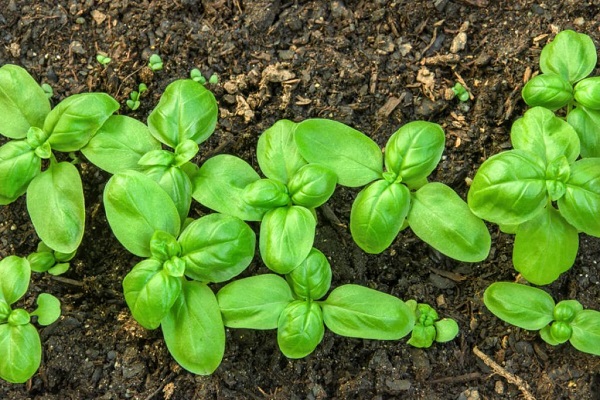
Basil has a fresh lemon aroma, pleasant taste and aroma. Greens begin to be harvested 42 days after germination. On a bush, 32 cm high, many leaflets are formed with jagged edges of light green, medium size. The plant can be added to desserts, salads, refreshing drinks.
The early maturing varieties of basil include the Russian giant green. The variety is included in the State Register of the Russian Federation for growing on a personal plot. Two months pass from the first mass shoots to ripeness. Large green leaves have a pleasant, sweet, clove flavor and a delicate, spicy aroma. Stem height 58 cm.
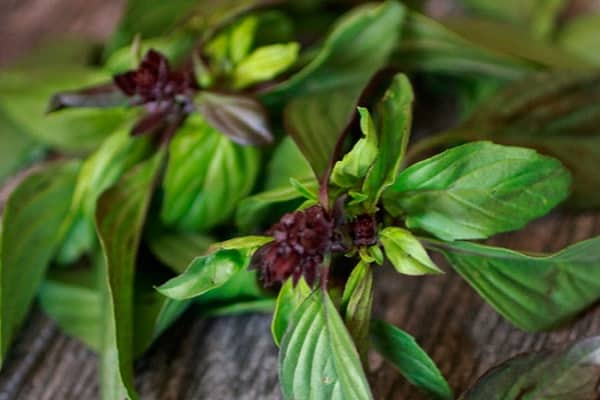
The Greek basil variety differs in the compact size of the bush. In height, it grows no more than 15 cm. From the period of the appearance of the first shoots to maturation, 60 days pass. The leaves are small, light green. The taste of green mass is sweetish with a pleasant spicy, rich aroma.
Violet
Purple basil leaves are rich in essential oils. They have a rich taste and strong odor. The aerial part of the plant retains its taste in fresh and dried form. The color of the bush can be dark or light purple.
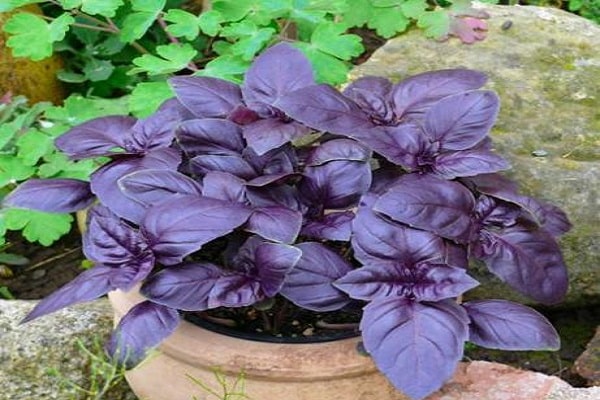
The Thai herb variety is distinguished by a neat bush with maroon leaves of a purple hue. The edges of smooth leaves are serrated. The plant gives the dish a spicy cinnamon flavor. Spice is an excellent addition to pickles, marinades, salads, meat dishes.
Basil variety Opal is distinguished by a bush up to 62 cm high. Numerous, large leaves, dark purple in color with a purple tint and pepper-clove aroma. During the flowering period, crimson flowers appear.
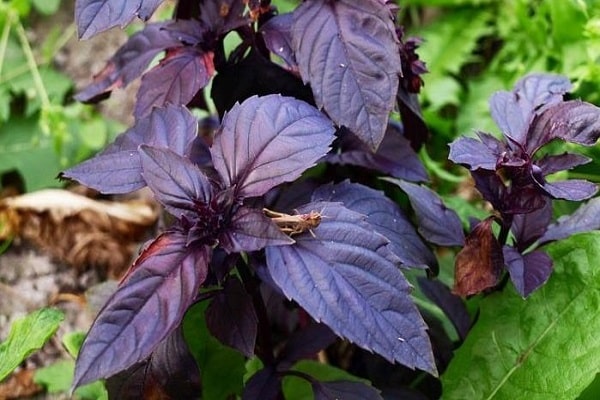
The fragrant Ararat variety is characterized by a large number of medium-sized leaves, dark lilac in color. Early ripening limits allow the greens to be cut after three weeks. The height of the bush is 55 cm. The spicy herb can be used fresh, dried, or added to various dishes.
The Yerevan variety is widely used in cooking. The leaves are distinguished by a bright purple color with a red tint and a pleasant aroma of tea with hints of allspice. During the flowering period, bright pink flowers appear on the bush.
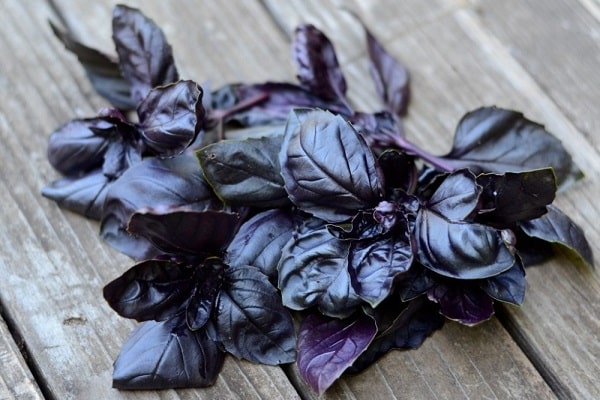
The height of the basil bush variety Pepper aroma is 57 cm. The leaves are reddish-purple in color. The plant contains a lot of essential oils, vitamins and minerals. You can cut the leaves for consumption after three weeks.
Vanilla basil is an annual plant with sturdy stems and large dark purple leaves. Leaves serrated along the edges. The height of the bush is not more than 40 cm. The taste of spicy herbs is unusual, the leaves are even added to dishes with fruits.

Red
Red basil is an annual, aromatic herb that is added to pickles, salads, as well as dried and added to various meat and fish dishes and sandwiches. Depending on the variety, the red-purple leaves can be greenish or purple.
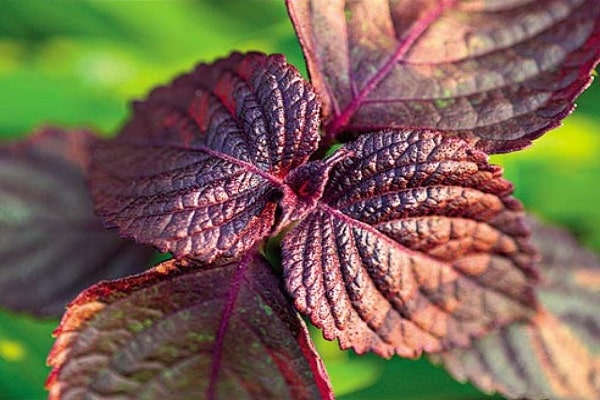
Varieties by aroma
There is another classification of varieties of spicy herbs, which differs in aroma. Each variety is characterized by its own aroma, suitable for a particular culinary dish.
Basil Lemon has a peculiar aroma that resembles the smell of lemon balm, lemon or camphor. The plant is not tall, the height of the bush is 32 cm, the leaves are medium in size, light green in color.Leaves and stems, due to a special lemon aromatic taste and smell, are added to juices, ice cream, as well as during the preparation of soups, hot dishes.

The spicy annual Basil Clove forms oblong, jagged leaves in a light green color with a rich clove aroma. The stem of the bush can stretch up to 57 cm in height. A summer cottage is decorated with a plant, and cloves in marinades and sauces are replaced with leaves.
Clove and pepper varieties (Basilisk, Marquis, Fantazer) combined the taste and aroma of cloves and allspice. The herb is often used in cooking.
The peppery herb is characterized by a sharp-sweet aroma. Some herbs of this group have a subtle aroma, while others have a clear, intense peppery smell. Popular varieties include: Rosy, Pepper, Aramis, Osmin, Magic of the East.
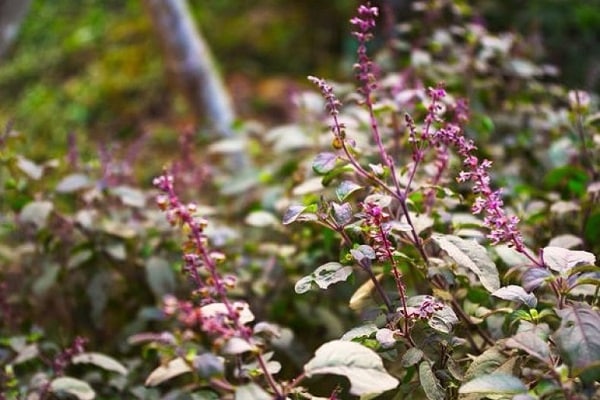
The caramel look is added to baked goods and desserts for a savory acidity and a sweet, fruity aroma. The varieties of the spice plant in this group include: Cinnamon, Caramel, Vanilla Aroma, Pet, Red Ruby.
During winter harvesting, Marinade varieties of basil are used. In most cases, these are plants with green leaves (Basilisk, Greek, Broadleaf). A variety with purple leaves may work, such as the Cairo Ruby. Breeders have also bred a special variety for marinades - the Tempter.
The basil variety has a strong, fragrant aroma. Leaves are light green with a silvery sheen, stems, buds are painted in lilac-purple color. Anise aromas also in Aperitif, Delight, Gourmet.

The peppermint herb includes the aroma and flavor of mint and allspice. A well-known representative of this group of herbs is the Greek variety.
Menthol basil is often added to desserts and drinks. The main representatives of this group are the following varieties: Velvet, Gourmet. The dark green leaves are elongated. They have a tonic and absorbent effect.
Vanilla varieties are mainly used in the preparation of confectionery. They are distinguished by fleshy, juicy leaves. A well-known variety of spicy basil is Vanilla Aroma.

Varieties by plant height
According to the height of the growth of the stem of the bush, they distinguish undersized, medium-sized and high varieties of basil. This feature becomes decisive when choosing a variety for growing. If there is not enough space, then you can choose a stunted variety.
Low-growing varieties stretch no more than 30 cm in height: Basilisk, Gnome, Gourmet, Stella, Malachite, Velvet. They can be grown at home, on a windowsill, all year round.
The average height of the varieties of basil reaches 58 cm in height: Ararat, Gentle Early, Delight, Greek, Karakum, Darkie.
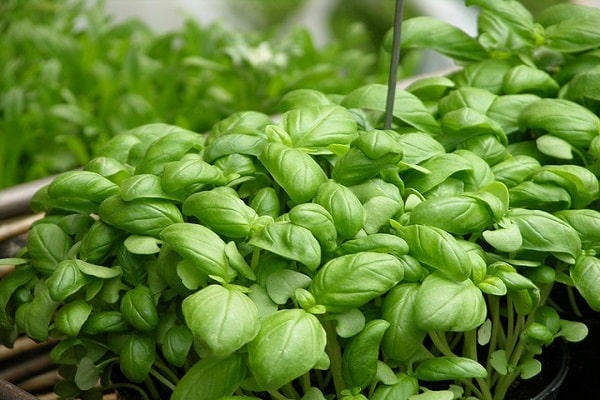
Tall varieties of spicy herbs reach 82 cm in height: Pearl of the Moscow Region, Ruby of Cairo, Fantazer, Crimean purple.
Growing method
Basil can be grown in the greenhouse, in the home and in the garden. Before choosing seeds, you need to decide which flavor is preferable. If you like a strong smell and rich taste, then it is better to choose the purple group of plants. Green leaves have a more subtle and delicate aroma.
Basil in open ground is planted with seedlings or seeds. Seeds are planted when the soil warms up enough. Landing time coincides with the first days of May. The best varieties of basil for outdoor use are: Cinnamon, Table, Anise, Lemon, Caramel.

The plant needs to be watered regularly, loosened up and fertilized. When the stem stretches up to 19 cm, the top is cut off for the growth of green mass. Do not allow the bushes to bloom, otherwise the taste of the leaves will be lost.
Greenhouse basil bushes grow faster and gain abundant green mass, are more protected from pests and diseases, as well as changes in air temperature.
You can grow in the greenhouse basil purple, camphor, lemon, cinnamon. To get a good harvest, you need to prepare the soil, it must be loose, light and fertile.

It is better to set the air temperature in the greenhouse at around 25 degrees. In the summer, you need to periodically ventilate the room. The beds are watered abundantly once a week. Cutting the tops is carried out at a height of 20 cm. During the growth period, you can add urea and infusion of chicken droppings.
For the window sill and balcony, varieties such as Marquis, Dwarf, Lemon, Yerevan, Clove are suitable. When growing spices at home, the main thing is to properly prepare the soil for planting. Drainage must be laid out on the bottom of the container.
The seeds are deepened by 10 mm, the distance between the holes is 6 cm. The air temperature in the room must be at least 21 degrees, the seedlings must be provided with access to light. It is recommended to loosen the soil every two weeks, the soil is moistened every two days.
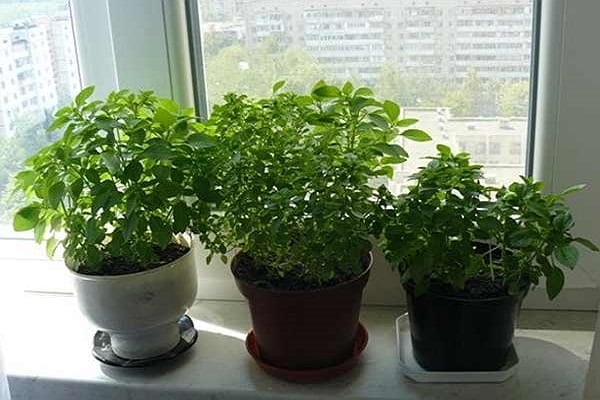
By the geography of cultivation
There are no special varieties of basil for Siberia. It is best to choose early maturing varieties with good cold resistance. Another feature is the cultivation of crops through seedlings. The following varieties are suitable for the cold climate of Siberia and the Urals: Basilisk, Baku, Yerevan, Anise Aroma, Tempter, Wizard.
The best varieties of basil for the Moscow region are: Velvet, Yerevan, Robin Hood, Orion, Melkolistny, Ararat. Since the weather in the Moscow region and central Russia is characterized by inconsistency, it is recommended to grow basil through seedlings. They begin to transplant into open ground in the twenties of May, when the risk of frost return decreases.
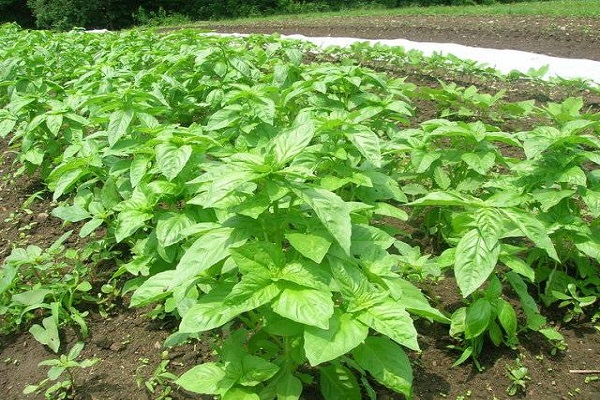
Perennial varieties
The genus basil includes more than 140 types of culture, among which there are perennials. They are grown as indoor plants in flower pots. Famous perennial varieties of basil include: Rama Tulasi (thin-colored basil), Evenolny, Mint-leaved.
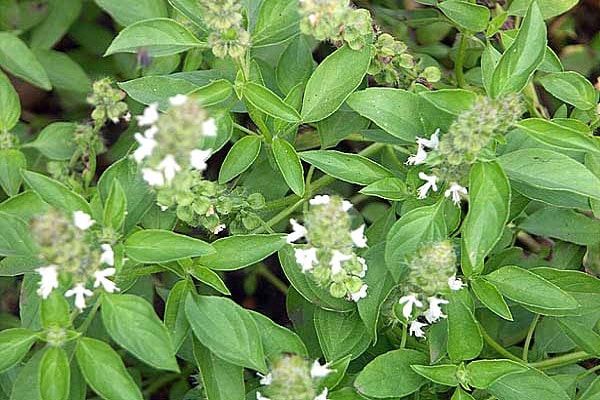
Rare varieties
Among the common types of spicy herbs, you can also find rare varieties of basil.
Lemon basil stems and leaves can be eaten fresh or dried. It belongs to early ripening crops, they begin to cut greens after 43 days. The bush stretches up to 38 cm in height, compact with small light green elongated leaves and citrus aroma.
The Rubra variety is mid-season (ripening occurs in 43 days), the bush is small, compact. The leaves are large, red-purple in color with a sharp, rich aroma.
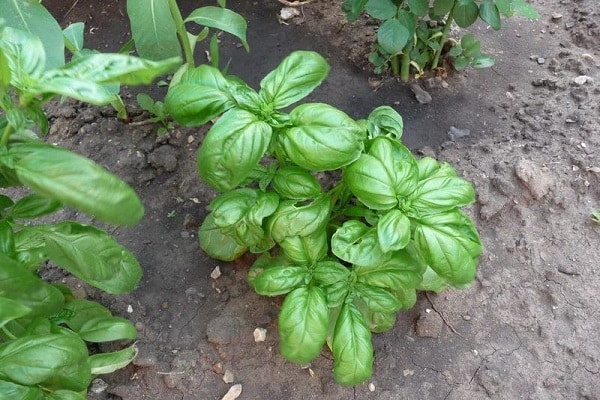
Edwin's Basil is characterized by a low bush with light green leaves. From the time the first shoots appear until ripening, it takes 40 days, so the plant is classified as an early variety. The leaves have an intensely spicy aroma.
Collection and storage
The leaves and stalks of the basil must be cut off before flowering, otherwise they will lose their taste and aroma. The optimum size of branches for cutting is 12 cm. After cutting, the bush quickly forms new leaves, so a new crop can be harvested before frost.
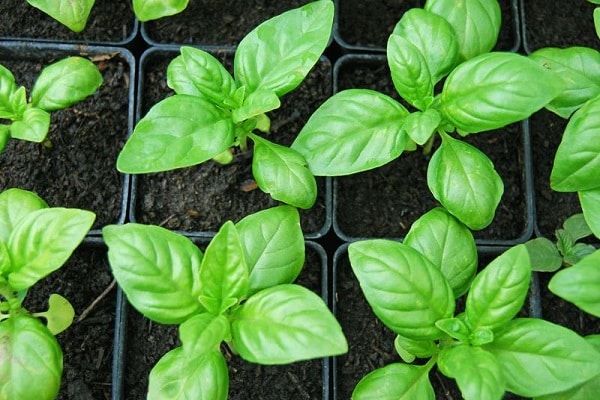
Leaves can be dried for the winter, but only in the shade, laid out in one layer on a paper surface. Dried herbs retain their aroma and taste. Store dried herbs in an airtight container, away from light and moisture. You can spice herbs and freeze.
Basil retains all its properties and taste even when salted. The green mass of the plant is cut and placed in glass containers, sprinkling each layer with salt. Then transferred to the refrigerator.
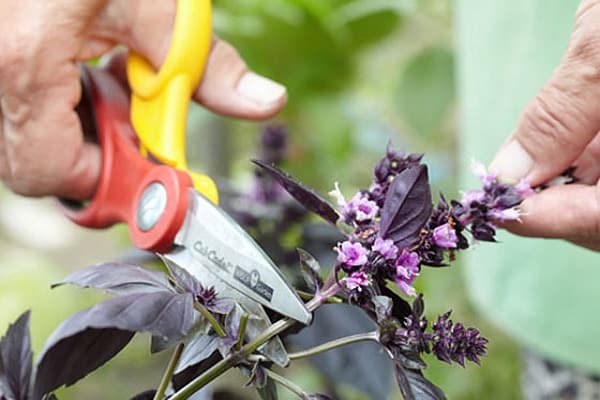
Cooking applications
Basil is widely used in cooking. It gives the dish a special taste and wonderful aroma.In addition, it enriches the body with vitamins and minerals, improves the functioning of the digestive system and soothes the nervous system. Basil is often added to salads. The spicy herb goes well with all vegetables.
Basil is a good addition to drinks and meals. Dried and fresh herbs are added during the preparation of meat, fish dishes, as well as seafood dishes.
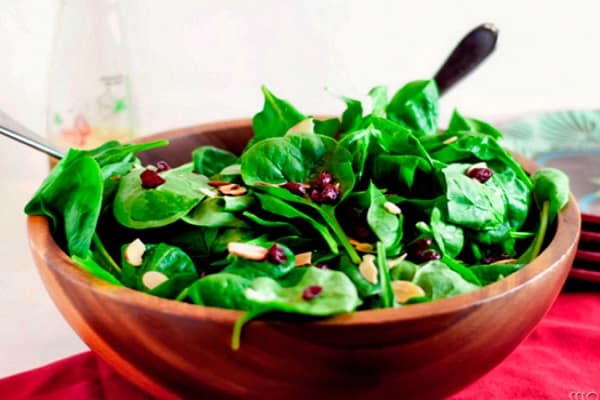
To make regular tea with basil, you will need to put black tea and a fresh purple spice leaf in a teapot. Pour boiling water over the mixture and leave to infuse for 10 minutes. Sugar is added to the finished tea.
Basil is often used in marinades. You will need basil branches and garlic cloves. Grass and garlic are placed in prepared sterilized jars. At this time, a marinade is prepared from a liter of water, to which salt, sugar and vinegar are added. Banks are poured with boiling marinade. Spicy herbs prepared in this way can be added to hot dishes later.
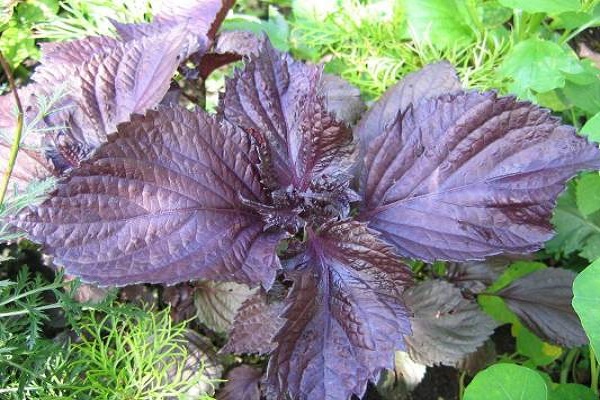
Conclusion
Among the best varieties of basil, you can always choose a suitable variety. Among the classic varieties are varieties with pleasant notes of other herbs.
Knowing the peculiarities of planting and caring for the crop, it will be possible to grow the best varieties of basil in your country house in a greenhouse or in open beds, as well as in a room, on a windowsill.
